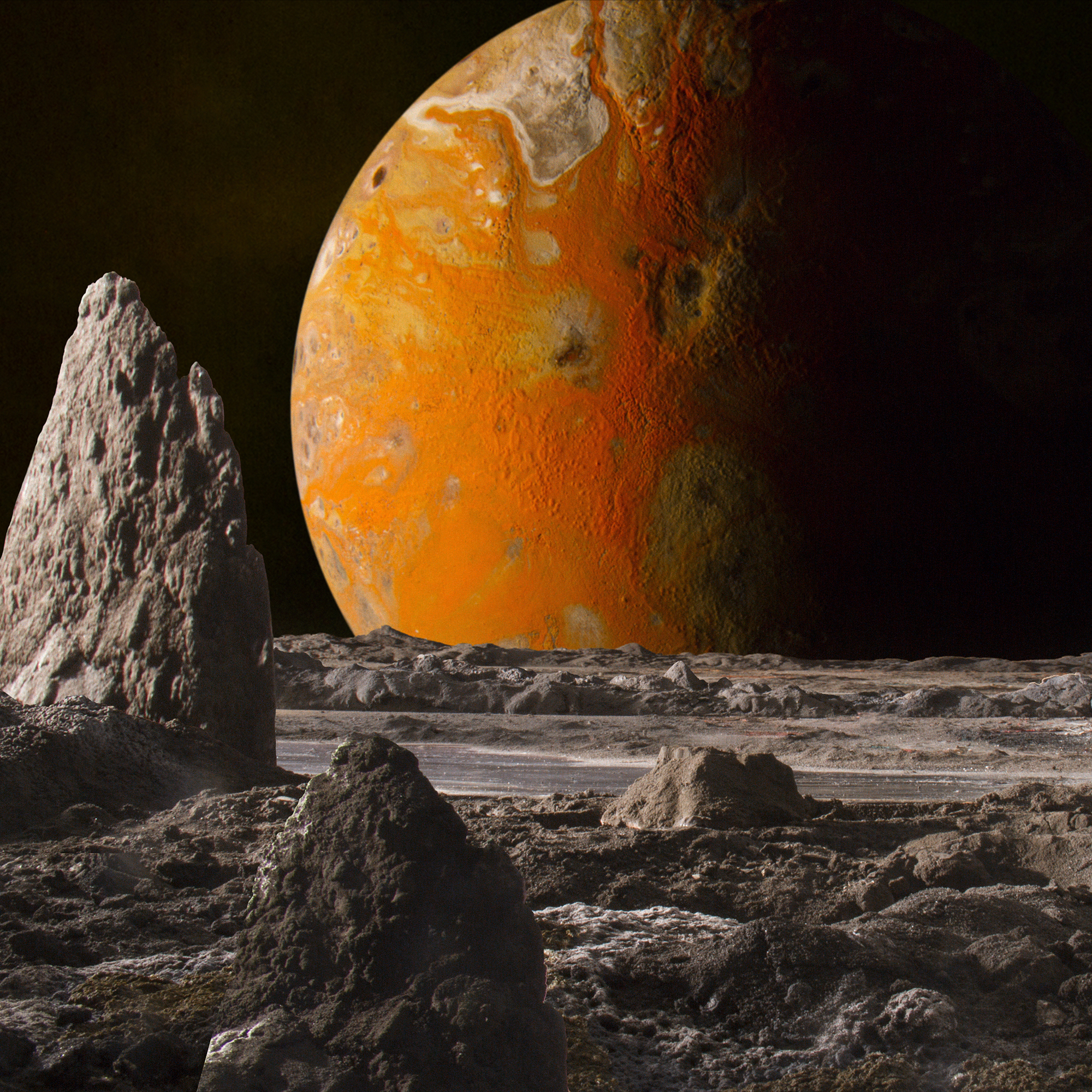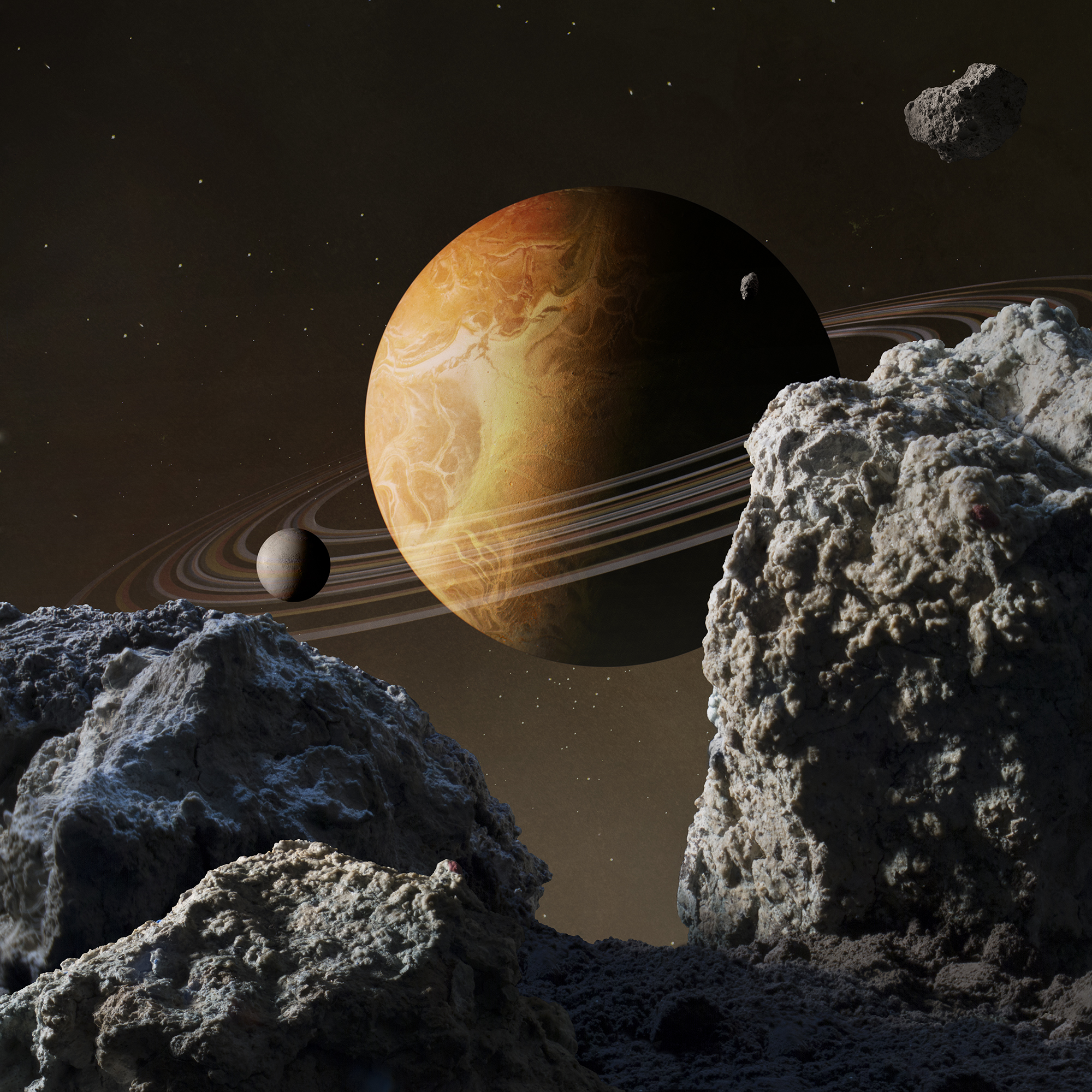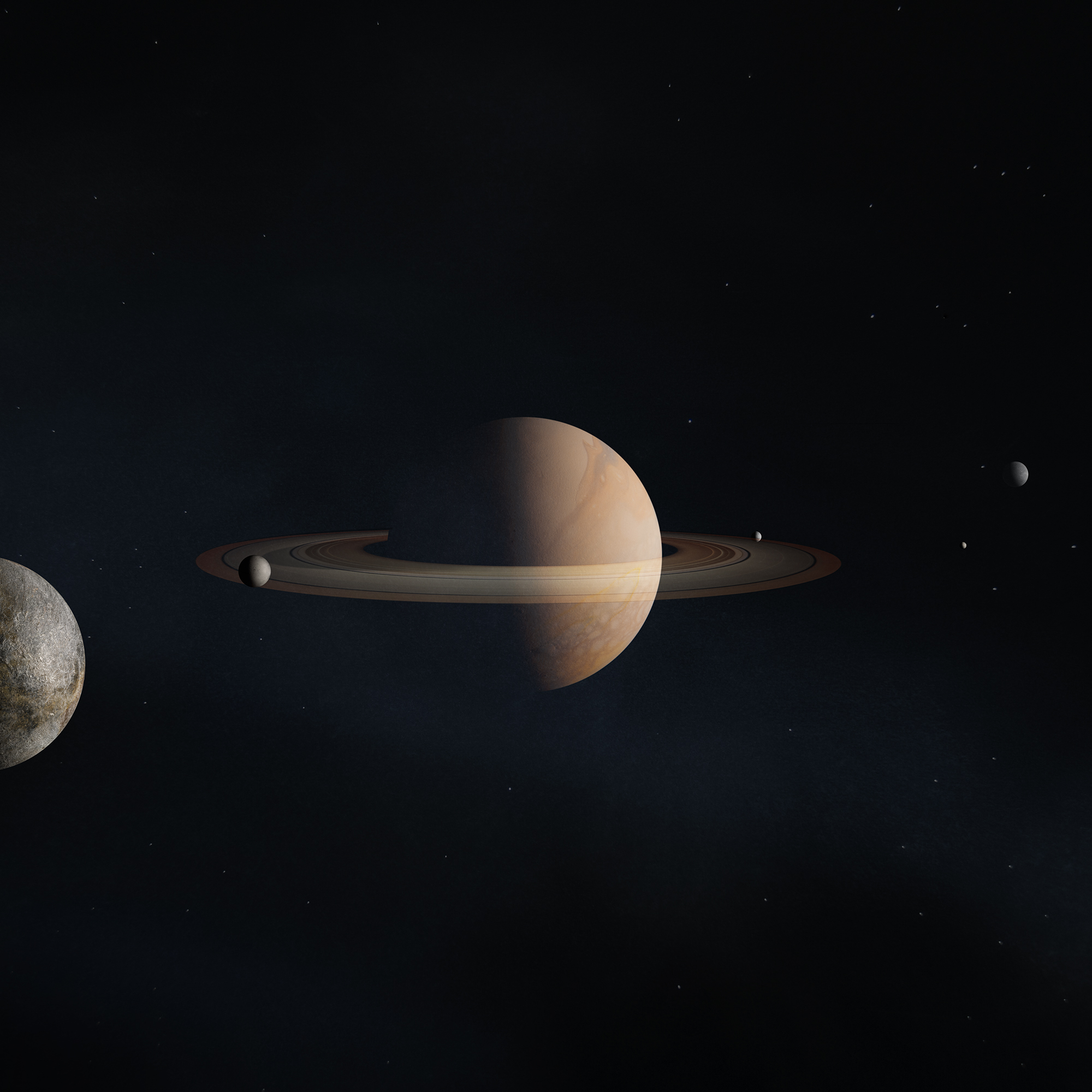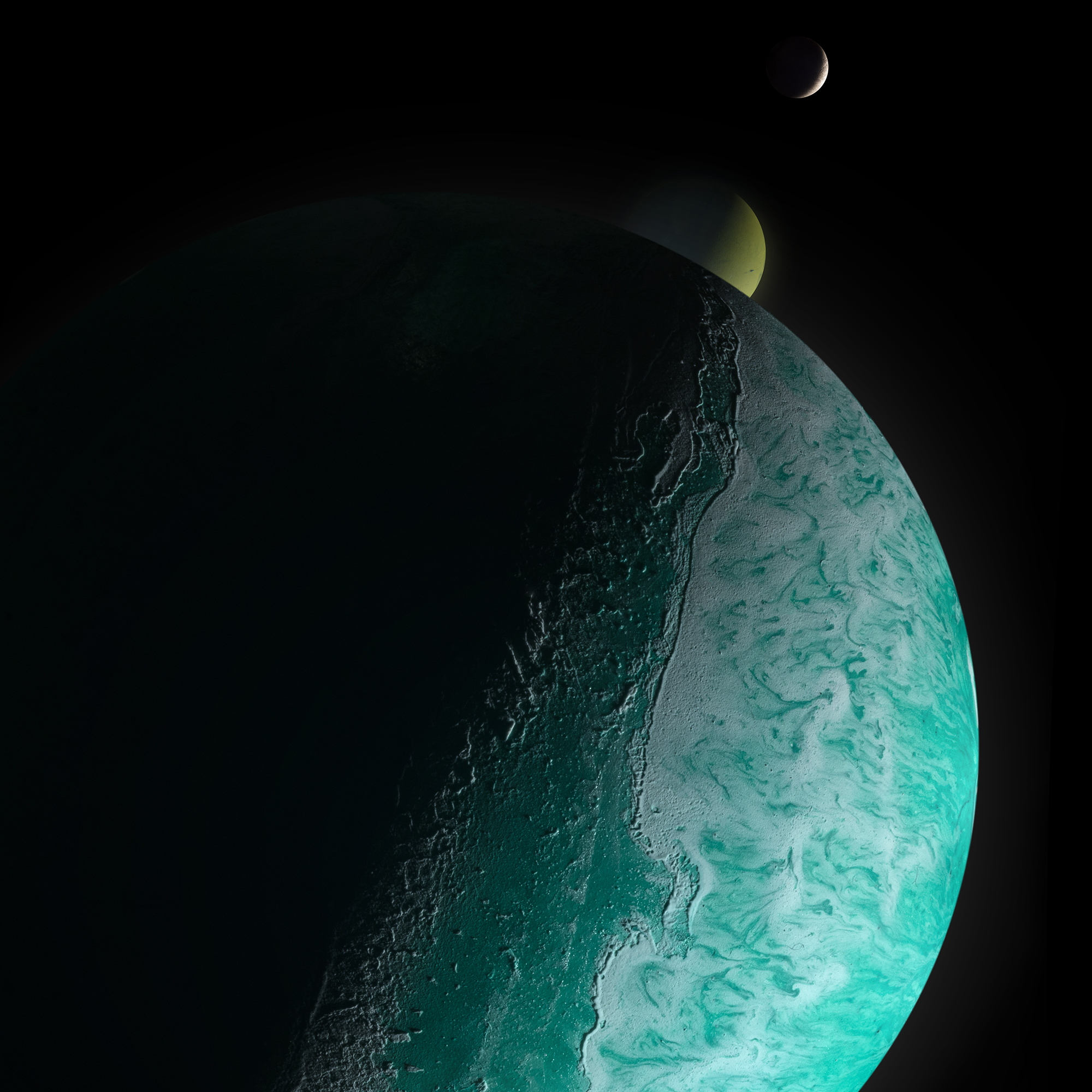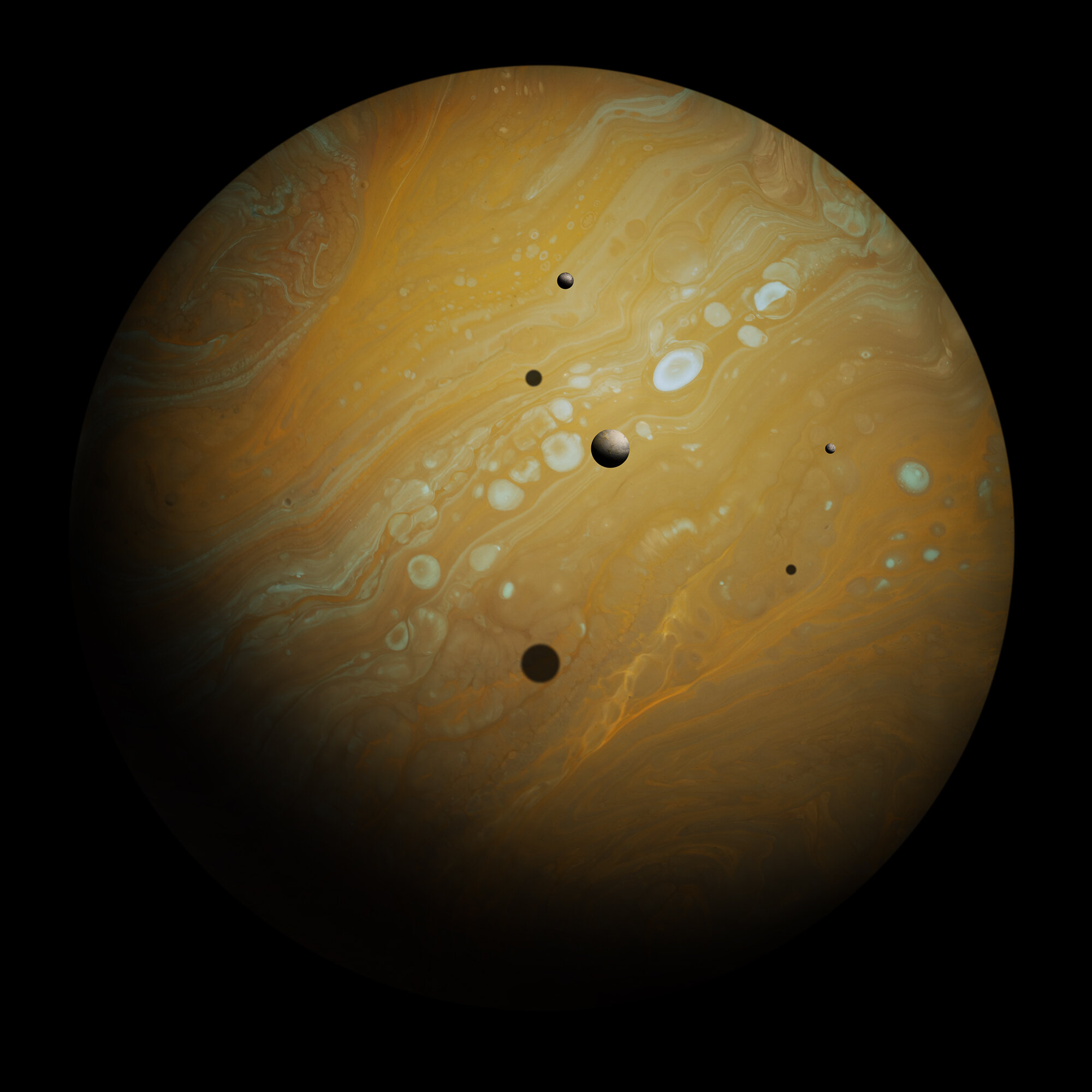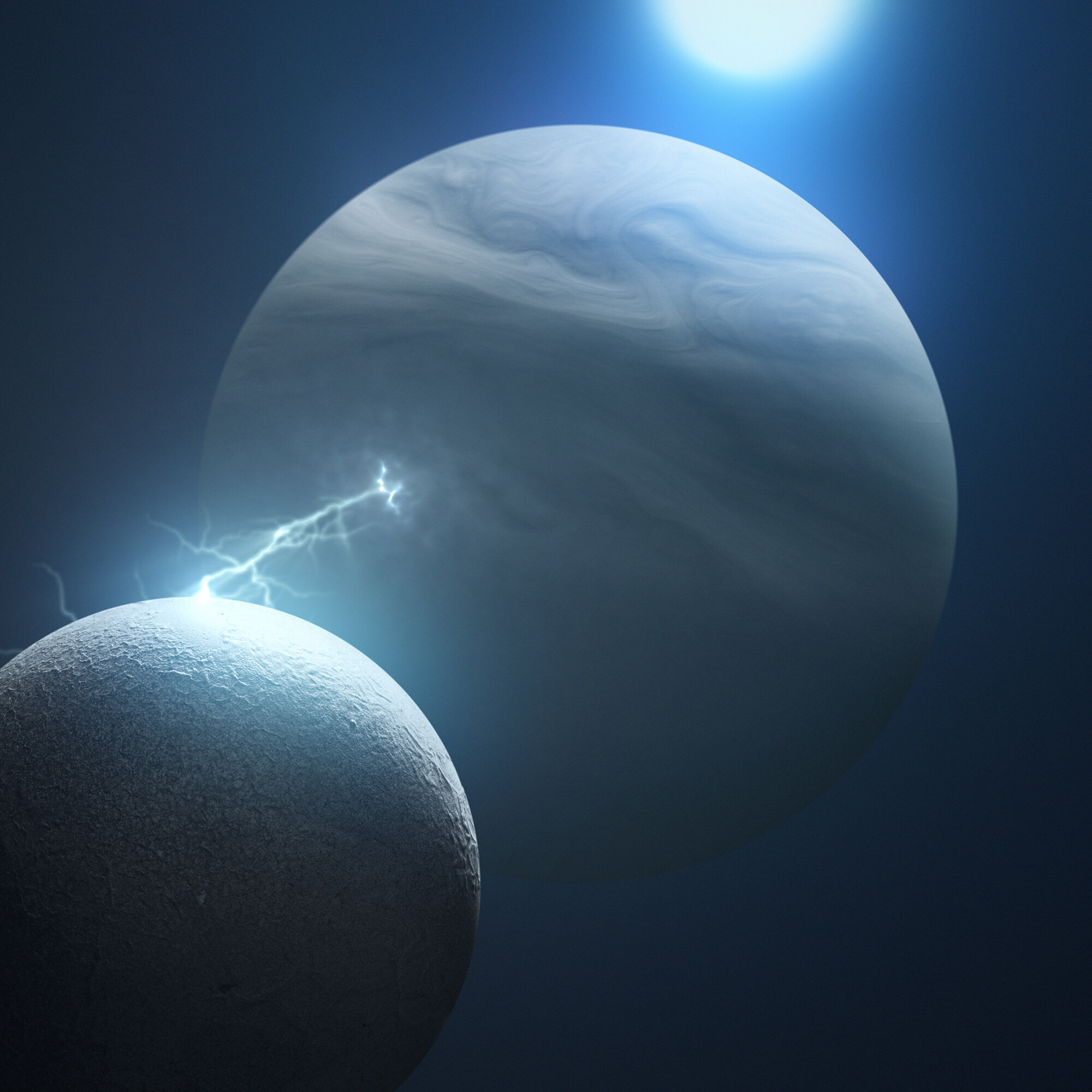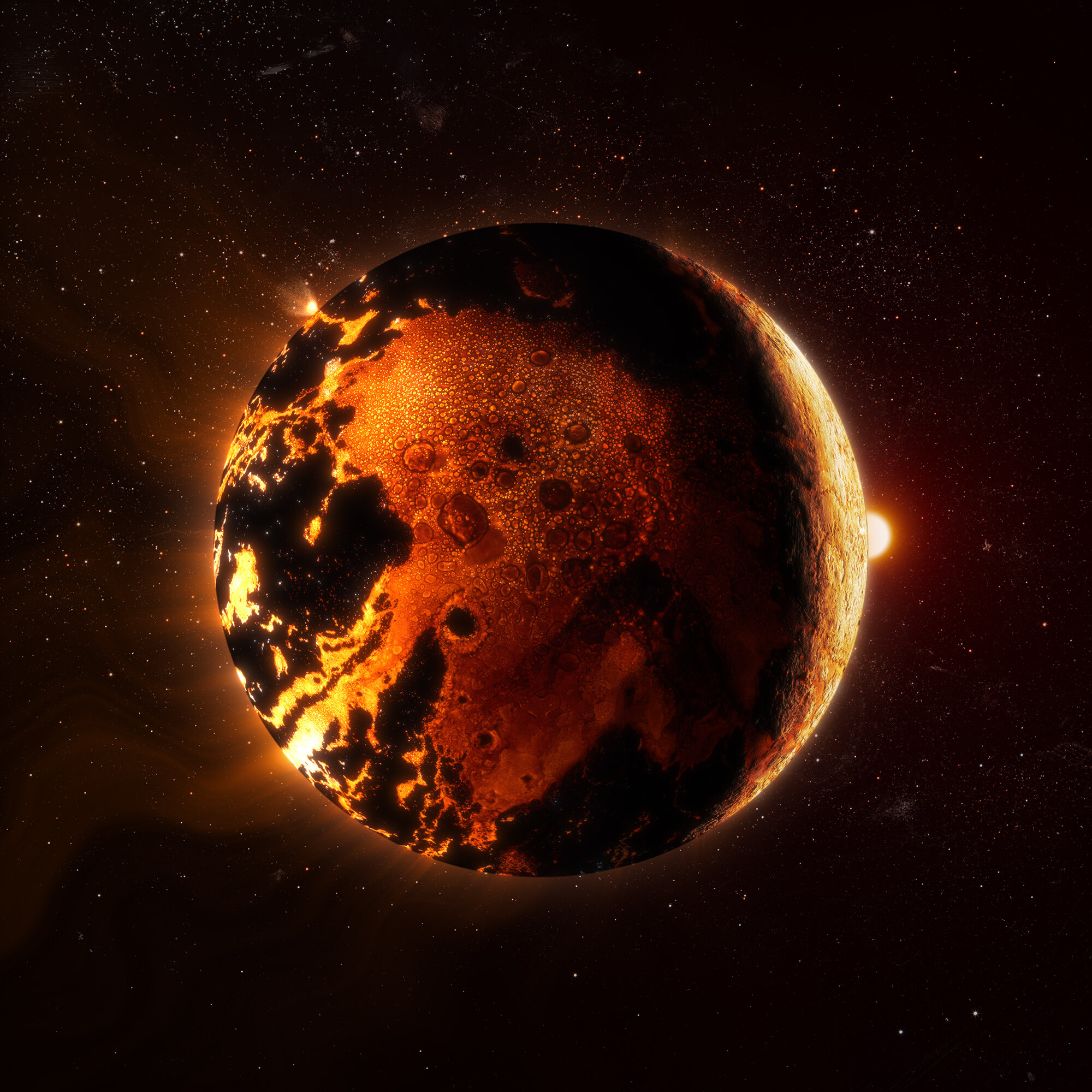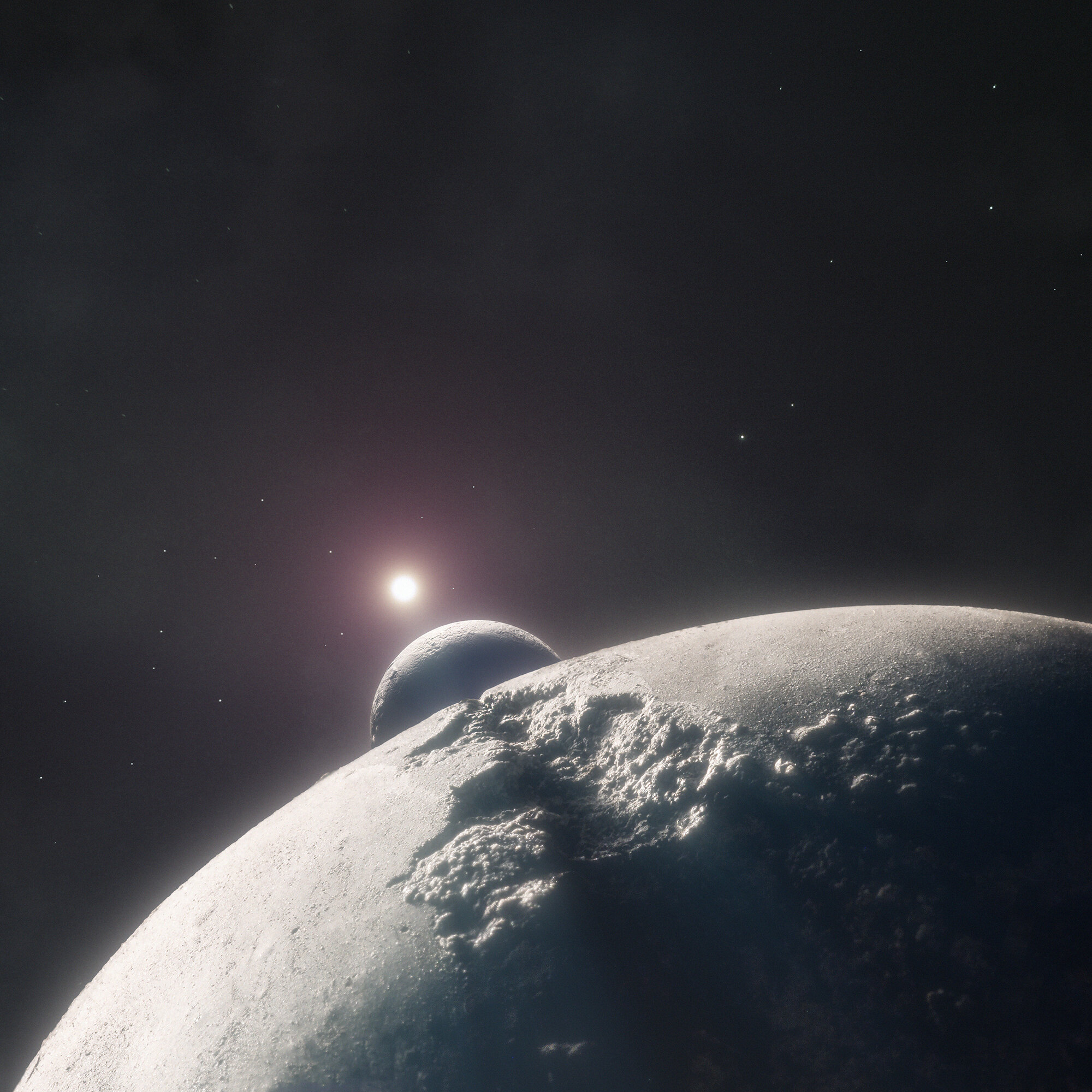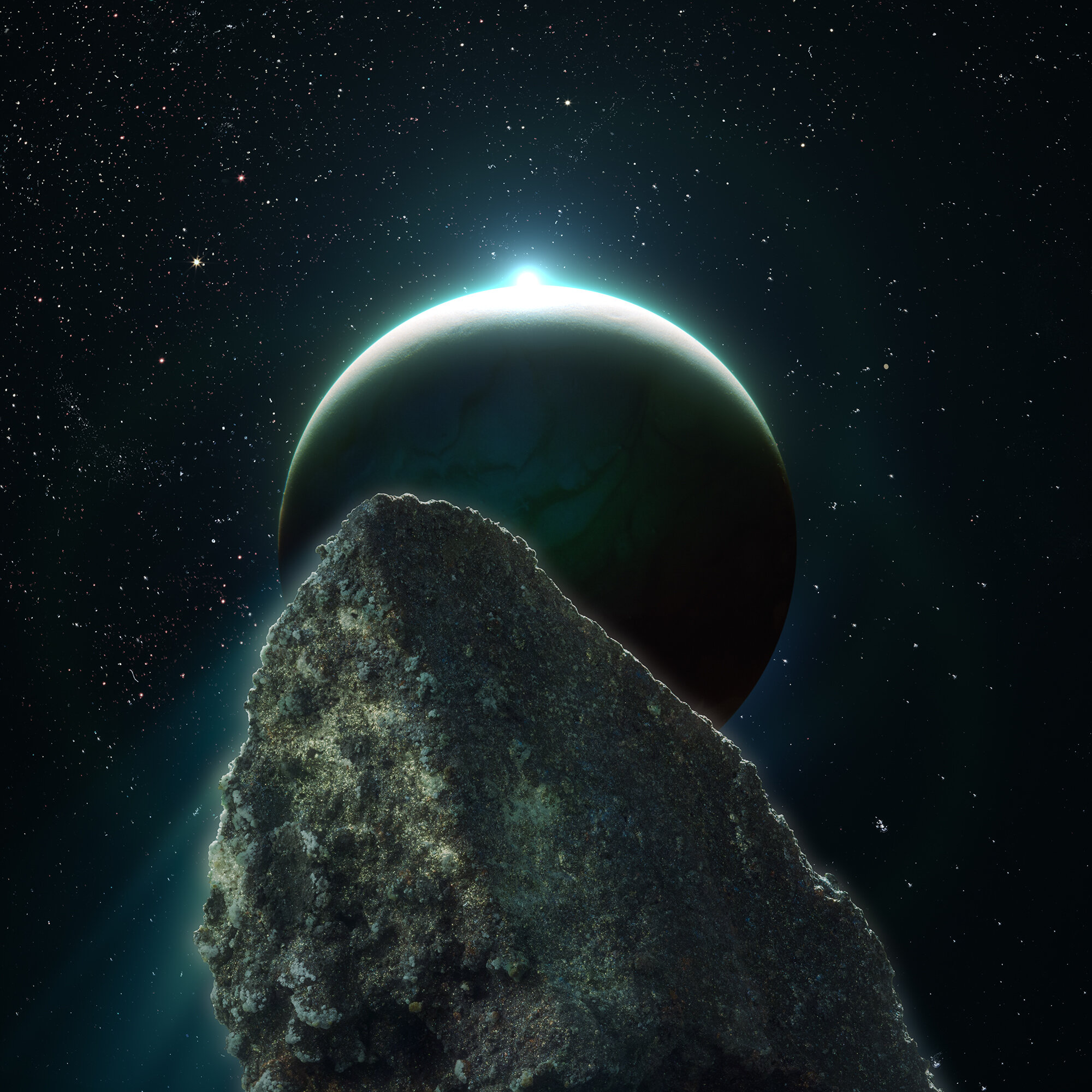EPIC 220674823 b - an alien world that is fitting for summer. This lava planet is living up to its name, with “epic” surface temperatures that are so hot, it is expected to be covered in molten lava! Here, we see a lava ocean with some solid pieces of land floating on the planet’s surface, which is estimated to be a fiery 3,000 to 4,000 degrees Fahrenheit!
EPIC 220674823 b’s extreme environment is due to its searing proximity to its star, EPIC 220674823; the planet is 35 times closer to its star than Mercury is to the Sun! If you had a burn-proof spaceship that could visit this planet, you would need ultra-protective sunglasses to look at its monster-sized star – it is 76 times bigger than the Sun as seen from Earth!
EPIC 220674823 b is a super-Earth; it has a radius that is 46% larger and is between 2.4 to 4.5 times more massive than our planet. It is an Ultra-Short-Period (USP) planet, which is a class of exoplanets that orbit their stars in less than one Earth day. One year on EPIC 220674823 b lasts only 13 hours!
The discovery of EPIC 220674823 b was announced in 2017 using data from NASA’s Kepler Space Telescope K2 mission. Keck Observatory’s NIRC2 instrument using Adaptive Optics (AO) was key to determining that EPIC 220674823 b’s star is single, not a binary. This observation was critical in calculating the planet’s radius.
The EPIC 220674823 system is located 825 light years away from Earth. *Scientific Advice by Keck Observatory Astronomer Carlos Alvarez





















